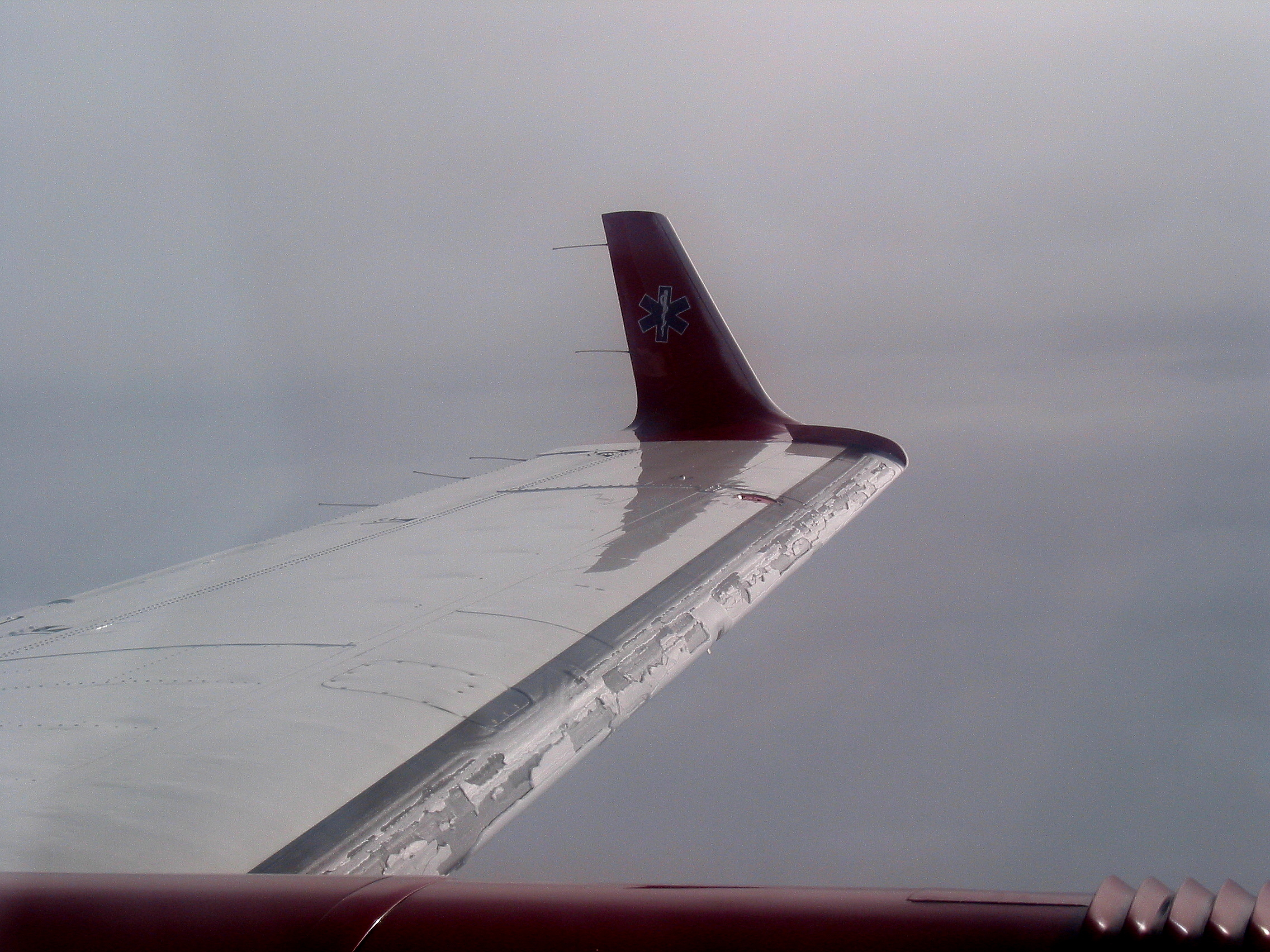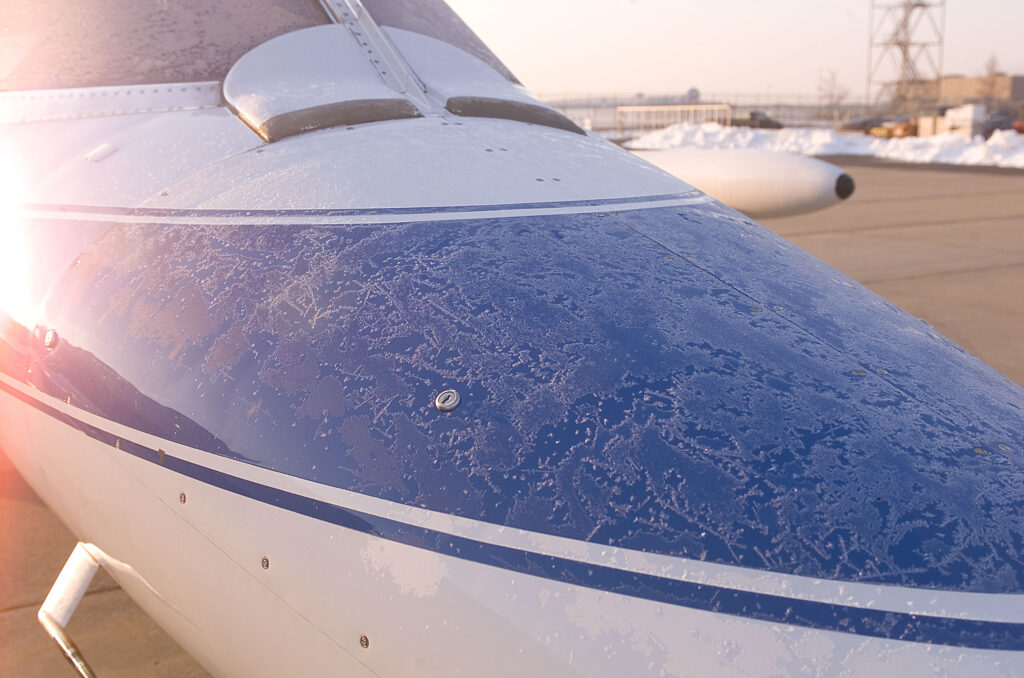Ice formation on plane wings, also known as icing, can occur due to a variety of factors. One common cause is when the temperature of the air is below freezing and there is visible moisture present. This moisture can come from rain, snow, or even the condensation of water vapor in the air. As the moisture comes into contact with the cold surface of the plane wing, it freezes, forming ice.
Another factor that can contribute to ice formation on plane wings is when the aircraft flies through clouds that contain supercooled water droplets. These droplets remain in a liquid state even at temperatures below freezing, and when they come into contact with the wing surface, they can freeze instantly, creating a layer of ice.
Ice Form On Plane Wing
Preventing Ice Formation on Plane Wings
Preventing ice formation on plane wings is crucial for the safety of the aircraft and its passengers. One common method used by airlines is to equip planes with de-icing systems. These systems use a combination of heat, chemicals, or mechanical methods to remove ice from the wings before takeoff.
In addition to de-icing systems, pilots can also take precautions such as avoiding flying through areas with known icing conditions, increasing airspeed to reduce ice accumulation, and using anti-icing fluids to prevent ice from forming on the wings during flight.
Conclusion
Ice formation on plane wings can be a serious safety hazard, but with proper precautions and equipment, it can be effectively managed. By understanding the causes of ice formation and implementing preventative measures, airlines can ensure that their aircraft remain safe and operational even in cold and icy conditions.

